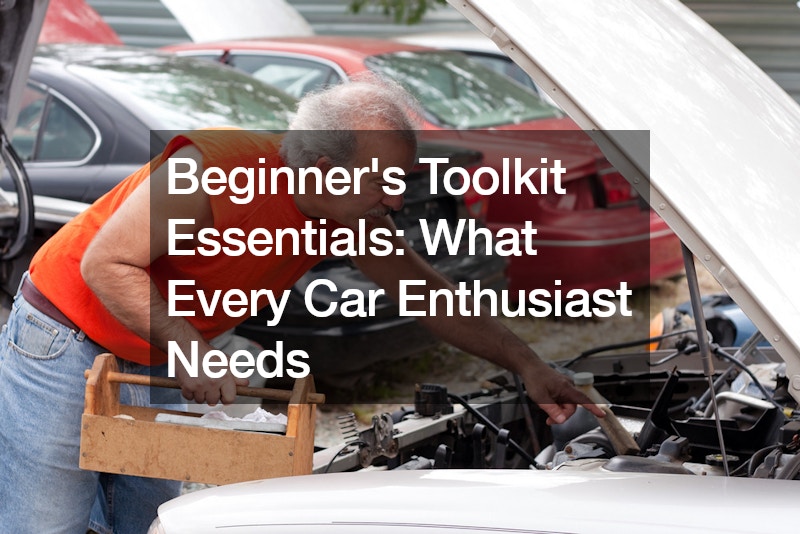For those eager to delve into automotive DIY projects, equipping yourself with the right tools can transform daunting tasks into manageable endeavors. Whether you’re starting from scratch or expanding your existing toolkit, understanding the essentials is crucial. This guide outlines the must-have tools, advice on selecting toolboxes, and tips to optimize your investment in automotive tools.
Choosing the Right Toolbox
Your toolbox isn’t merely a storage space—it’s your workshop’s nerve center. Chris Fix, renowned for his automotive expertise, recommends starting with a toolbox that offers ample storage.
Initially, a basic, affordable option like a small plastic toolbox suffices. As your tool collection grows, consider upgrading to a larger, more organized toolbox with multiple drawers and smooth ball-bearing slides for ease of access.
Essential Hand Tools
1. Socket Sets: A versatile socket set is indispensable. Opt for sets that include both shallow and deep sockets in metric or SAE sizes, tailored to the vehicles you work on. This typically covers a range from 8mm to 22mm for metric and corresponding sizes for SAE, accommodating various bolt sizes encountered in repairs.
2. Wrench Sets: Comprehensive wrench sets are essential for turning nuts and bolts efficiently. Ensure your set includes both open-end and box-end wrenches in diverse sizes, facilitating smooth operation across different automotive components.
3. Screwdrivers and Pliers: Basic screwdrivers—Phillips and flathead—are essential for handling screws during repairs. Magnetic screwdrivers are particularly useful for preventing screws from getting lost in tight engine spaces. Pliers, including needle-nose and standard varieties, are invaluable for gripping, twisting, and cutting wires.
4. Additional Supporting Tools: Include tools like a sturdy hammer, vice grips, and utility knives. These aids help with tasks such as securing parts, clamping materials, and cutting through tough materials like hoses.
Organizing Your Toolkit
Efficiency begins with organization. Invest in toolboxes with labeled compartments or use organizers within to streamline access and maintain tool longevity. Chris Fix underscores the importance of neatly arranged tools, enhancing productivity by ensuring everything is readily accessible and protected from damage.
Building Your Collection Wisely
Resist the urge to splurge on gimmicky tools. Instead, prioritize acquiring high-quality basics that serve a broad range of automotive repair needs. Gradually expand your collection as you gain experience and encounter specific repair challenges.
Affording Your Toolkit
Building a toolkit is an investment that pays dividends over time. Start by saving on repair costs—performing tasks like brake replacements yourself can save hundreds. Reinvest these savings into acquiring new tools. Additionally, consider renting specialized tools from local auto parts stores for occasional, specific tasks to minimize initial costs.
Choosing the Right Tool Brands
Tool quality varies significantly across brands. Think of tool brands like car brands—Snap-On offers high-quality tools at a premium price akin to a Ferrari, Harbor Freight provides affordable options comparable to a Hyundai, and Sonic delivers quality similar to high-end brands at a more accessible price point, much like a Corvette.
Conclusion
In conclusion, assembling a beginner’s toolkit for automotive repairs requires strategic selection and investment in essential tools. Begin with a sturdy toolbox, acquire fundamental hand tools, and organize your workspace efficiently. This approach sets the stage for successful DIY car maintenance and repairs. Remember, building your toolkit is a gradual process—prioritize quality over quantity and seek guidance from experienced DIYers to refine your toolkit. With the right tools at your disposal, you’ll not only save money but also gain confidence in tackling diverse automotive repair tasks.
.


